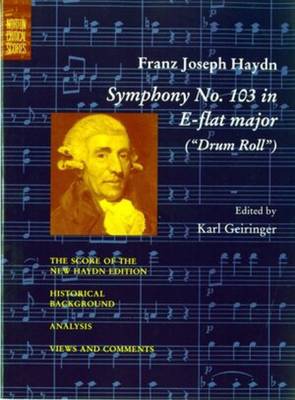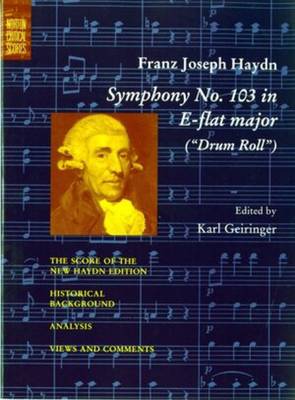
- Retrait gratuit dans votre magasin Club
- 7.000.000 titres dans notre catalogue
- Payer en toute sécurité
- Toujours un magasin près de chez vous
- Retrait gratuit dans votre magasin Club
- 7.000.0000 titres dans notre catalogue
- Payer en toute sécurité
- Toujours un magasin près de chez vous
Description
In 1970, Haydn's stint as Kapellmeister (director of music) for the Esterhazy family came to an end when Prince Nicholas ("The Magnificent"), the great patron of the arts and an admirer of Haydn's music passed away.
Spécifications
Parties prenantes
- Auteur(s) :
- Editeur:
Contenu
- Nombre de pages :
- 128
Caractéristiques
- EAN:
- 9780393093490
- Date de parution :
- 15-08-01
- Format:
- Livre broché
- Dimensions :
- 150 mm x 209 mm
- Poids :
- 174 g

Les avis
Nous publions uniquement les avis qui respectent les conditions requises. Consultez nos conditions pour les avis.






